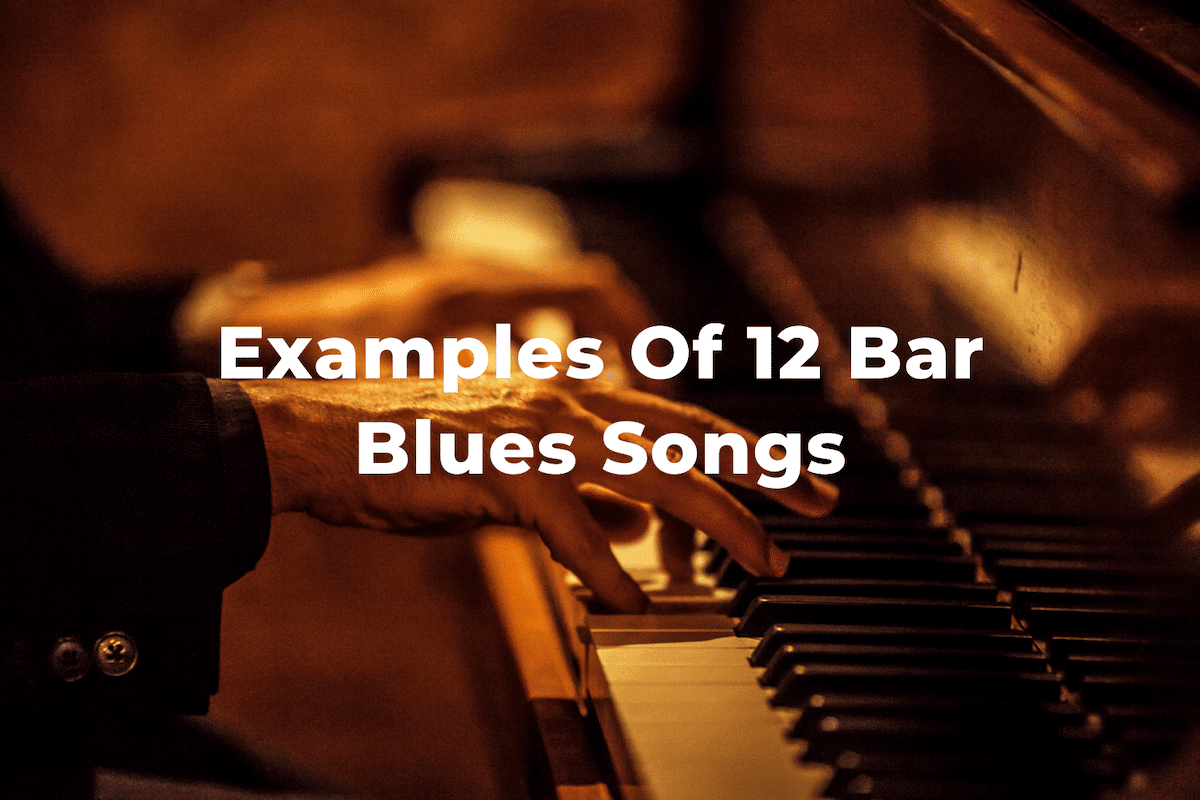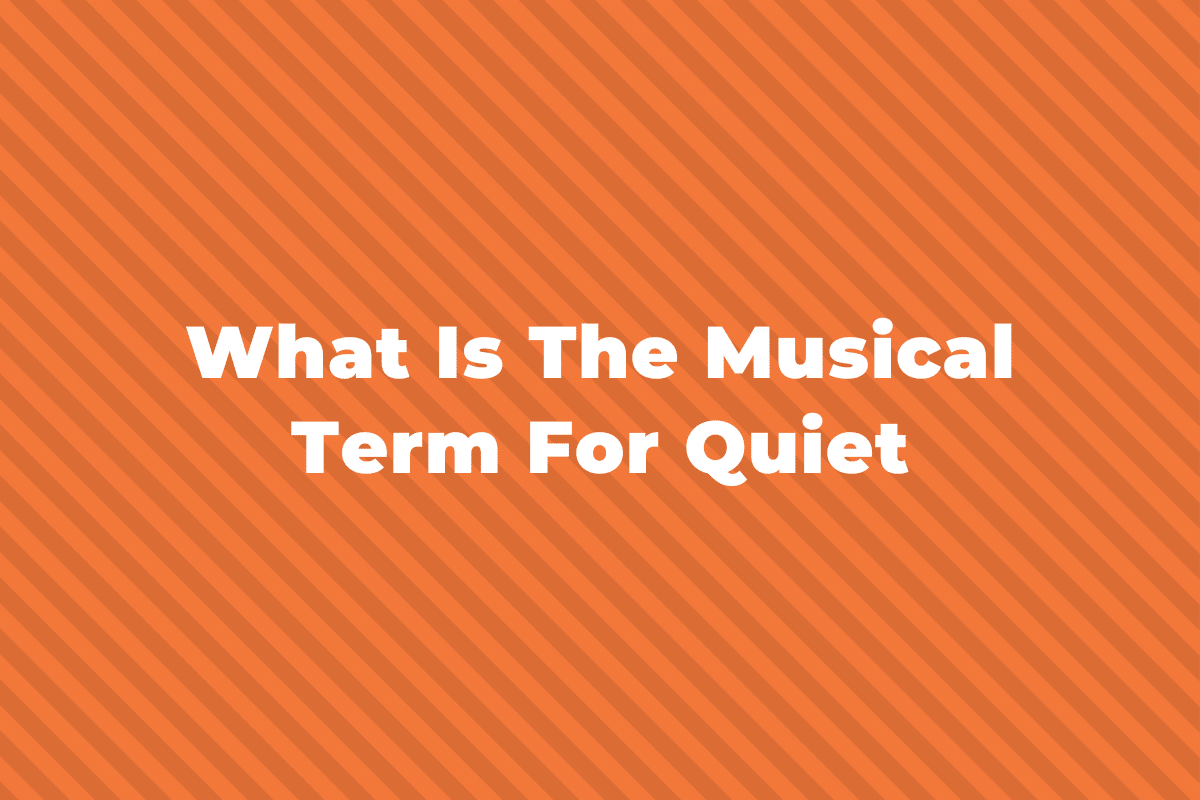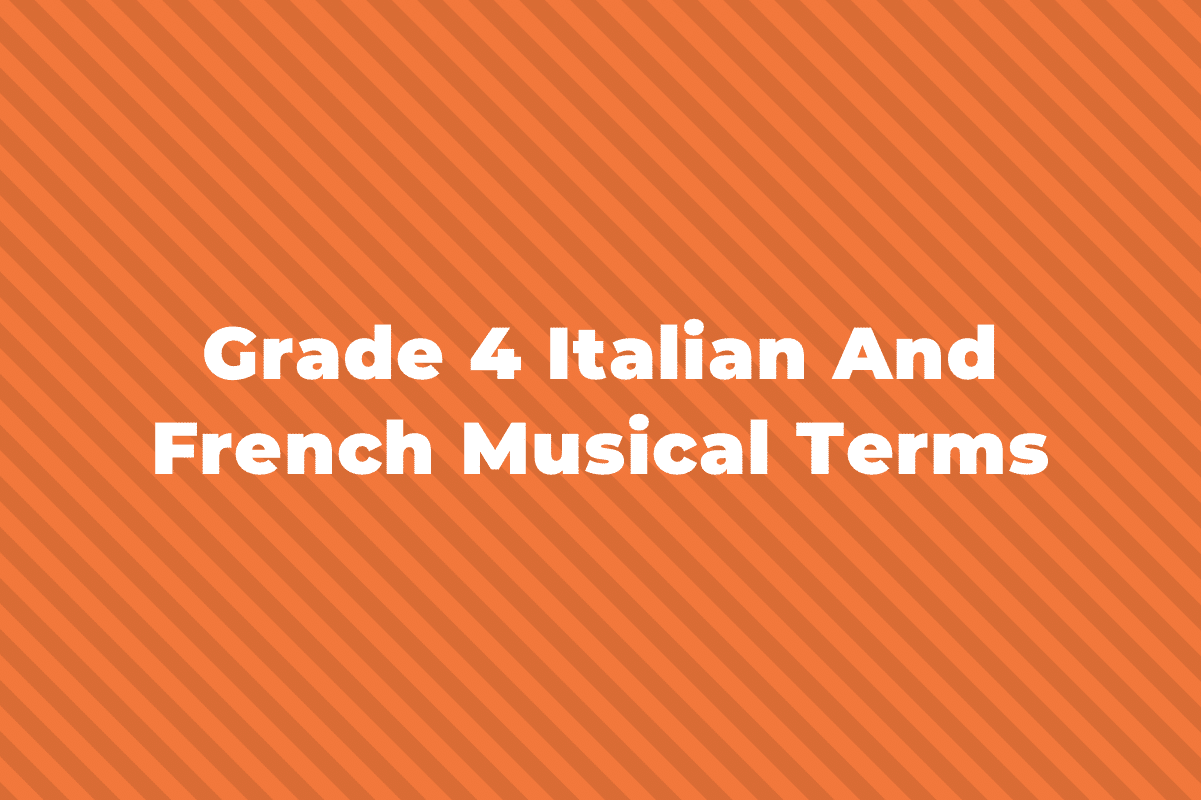In music, harmony is one of the most important aspects of creating a song, alongside melody and rhythm. And the most fundamental building blocks of harmony are chords.
Though there are many different types of chords, with major and minor being the most famous, this post will cover one specific type of chord: the half-diminished chord. First, however, we need to understand better what a chord is. Read on!
What Is A Chord?
A chord is when two or more notes are played at the same time.
The number of notes is usually between two and four. A chord with two notes is called an interval or a dyad, a chord with three notes is called a triad, and the most popular type of chord with four notes is a seventh chord.

With triads and seventh chords, you create the chord by stacking intervals of a third on top of each other.
For example, a major triad is made with two intervals of a third. A major third and a minor third in C would be C, E, and G.

To make a minor triad, you stack a minor third followed by a major third, which in C would be C, Eb, and G.

On top of these triads, you can add a seventh, which is just either a major third (for a maj7 chord) or a minor third (for a 7 chord or min7 chord) above the top note.
So in a seventh chord, you have these notes:
| Maj7 Chord | 7 Chord (dominant 7) | Min7 chord |
| Root (the note of the chord) | Root | Root |
| 3rd (maj 3rd above root) | 3rd (maj 3rd above root) | 3rd (min 3rd above root) |
| 5th (min 3rd above 3rd) | 5th (min 3rd above 3rd) | 5th (maj 3rd above 3rd) |
| 7th (maj 3rd above 5th) | 7th (min 3rd above 5th) | 7th (min 3rd above 5th) |
For more information on chord qualities and the different types of triads, check out our guide to chords here.
What Is A Half-Diminished Chord?
A half-diminished chord is a particular type of seventh chord. It is a chord with a minor seventh above a diminished triad.
A diminished triad is a chord with two minor thirds stacked on top of each other.
Check out our post on diminished chords here for further reading.
Instead of a maj-min third stack (like a major chord) or a min-maj third stack (like a minor chord), a diminished chord is min-min thirds.

From this diminished triad, we can add a seventh to get a seventh chord.
If we add a minor seventh, which is a major third above the diminished fifth interval produced by the triad, then that is considered a half-diminished chord.

This is a C half-diminished chord. It has a Cdim triad on the bottom (C-Eb-Gb) and then a min7th (Bb) on top.
This is slightly different from a fully diminished seventh chord, which would have a B double flat instead of a B flat.

In a major scale, a half-diminished chord is found naturally starting on the VII scale degree.
So in C, this means if you take a seventh chord starting on B, and only using the notes found in the C major scale (no accidentals), then you get the half-diminished B-D-F-A. This is also known as the Locrian mode.
In a minor scale, the half-diminished chord is found naturally starting on the II scale degree. In C minor, this would be D-F-Ab-C.
Half-Diminished Chord Symbol
Because the half-diminished chord is a seventh chord, it usually has the number 7 written in the chord notation.
The half-diminished part is notated by a circle with a line through it: ø
Another way you can see a half-diminished chord written is as a minor seventh chord with a flattened fifth, Cmin7b5 or G#m7(b5) for example.
Sometimes there are parentheses around the b5, but not always.
So a half-diminished chord is written as Cø7, Fø7, Dø7, Gø7, or you could use m.

Sometimes you see the chord written without the 7 — such as Cø or Ebø.
Even though there’s no number 7 in the chord, it’s still a seventh chord because the ø symbol means “half-diminished,” and that has to be a seventh chord.
Function Of Half-Diminished Chords
A ø7 chord has two primary harmonic functions:
First, it can act as a predominant chord in minor, one that leads to the dominant.
This is because in the minor scale, the chord built on scale degree II, which is always a predominant chord, is a half-diminished chord.
Here is an example in A min:

In major, the ø7 chord usually provides a dominant function, leading back to the tonic (main chord of a song).
This is because a viiø7 chord shares almost all the same notes as a V7 chord in a major key.
For example, in C major, the G7 (G-B-D-F) and Bø7 (B-D-F-A) share the B, D, and F in common; meaning, the Bø7 chord can act as a stand-in for the G7 chord.

Examples In Music
In the famous “Wedding March” by Mendelssohn, the big chord at the beginning of the main melody is an F#ø7. Listen for it at 0:16.
Chopin’s Scherzo no. 1 in B Minor starts with a long-held C#ø7 chord.
In the song “We Are the Champions” by Queen, there is a Bbø7 in the line “And I mean to go on, and on, and on, and on.” Listen at 0:36 for the second “on.”
Summing Up Half-Diminished Chords
Half-diminished chords are really interesting to play and use in compositions because they have multiple functions and can sound really different depending on the context they’re played in.
Sometimes they sound and feel super dark and minor, and other times, they can be energetic and major.
We hope that this post has helped you learn all about half-diminished chords. Let us know if you have questions; we’d love to help!



